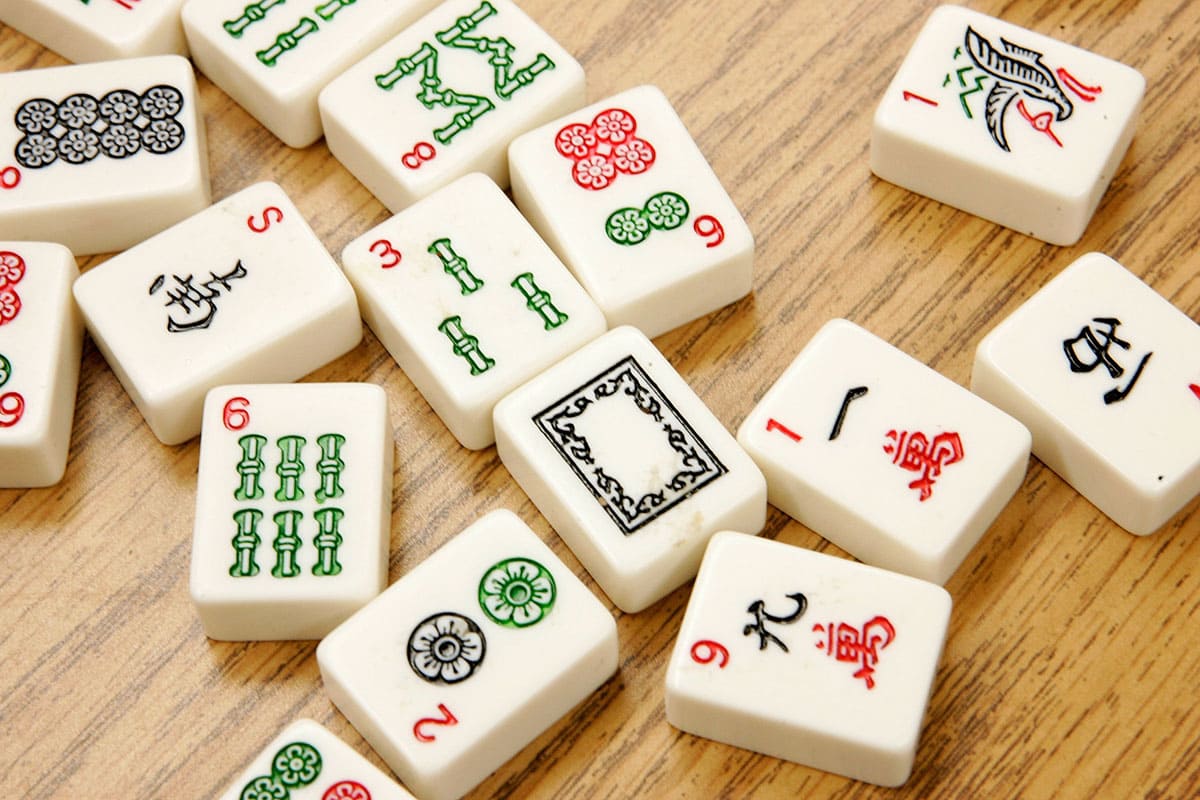Mahjong, a timeless game of strategy and skill, has captivated players worldwide with its rich history and cultural significance. In this article, we embark on a journey to unravel the regional variations of Mahjong, from its origins in China to the distinctive styles found in Japan. With a focus on providing accurate, insightful, and engaging information, we’ll explore the game’s roots, gameplay, and cultural impact.
The Origins of Mahjong
Mahjong’s history dates back to 19th-century China, where it was developed during the Qing Dynasty. The game was created by combining elements of various Chinese card and tile games, resulting in a unique and captivating pastime. To fully understand the regional variations of Mahjong, it’s essential to grasp its Chinese origins.
The game was initially known as “麻雀” (má què), which translates to “sparrow.” Mahjong quickly gained popularity, becoming a favorite pastime for many. The distinct sound of the shuffling tiles and the strategic gameplay made it an instant hit.
The Basic Gameplay
Mahjong is played with a set of 144 tiles, each featuring various Chinese characters and symbols. The game’s primary objective is to form sets of tiles, which can be either “pungs” (three of a kind) or “chows” (a consecutive sequence of three tiles of the same suit). As the game progresses, players aim to create a winning hand by completing various combinations of tiles.
The game’s complexity lies in its rules and scoring system, which vary across different regional styles. Understanding these variations is crucial for mastering the game.
Regional Variations
Regional variations of Mahjong, from Chinese to Japanese styles, offer a fascinating glimpse into how this timeless game has evolved and adapted across cultures. Chinese Mahjong, often referred to as Cantonese Mahjong, preserves the traditional essence of the game. With its roots deeply embedded in Chinese history, it retains the classic 144-tile set, featuring characters, circles, bamboos, winds, and dragons. Players aim to create combinations like Pong, Kong, and Chow, with simplicity and strategy at the forefront. Chinese Mahjong isn’t just a game; it’s a cultural touchstone, bringing families and friends together, uniting generations, and symbolizing unity.
In contrast, Japanese Mahjong, known as Riichi Mahjong, introduces a whole new dimension to the game. With a 136-tile set, it omits the character tiles, replacing them with additional winds and dragons. The gameplay becomes more intricate, as players strive to declare “Riichi” and build high-scoring hands with unique combinations known as “Yaku.” Japanese Mahjong is a blend of strategy and psychology, where players must not only master the tiles but also understand the intricacies of reading their opponents. It reflects the competitive spirit of Japanese culture and has gained global recognition, making it a compelling alternative to the classic Chinese style.
| Aspect | Chinese Mahjong | Japanese Mahjong (Riichi Mahjong) |
| Number of Tiles | 144 tiles | 136 tiles |
| Tile Sets | Consists of character, circle, bamboo, winds, and dragons. | Character tiles are absent, replaced with additional winds and dragons. |
| Winning Hand | Form specific combinations like Pong, Kong, Chow, and others. | Emphasis on forming specific combinations, including “Riichi” and “Yaku.” |
| Scoring System | Typically follows a simpler scoring system. | Complex scoring system involving points and scoring sticks (uma). |
| Game Speed | Usually played at a moderate pace. | Faster-paced gameplay, with a time limit for declaring “Riichi.” |
| Declaring “Riichi” | Not a standard practice. | Integral to the game; players declare intent to win (“Riichi”) and aim for higher scores. |
| Penalty Tiles | Penalty tiles are not typically used. | Penalty tiles (dora indicators) are included to increase complexity. |
| Terminology | Uses standard Mahjong terminology. | Utilizes Japanese-specific terms, such as “Tsumo” and “Ron.” |
| Cultural Significance | Deeply rooted in Chinese culture and history. | Associated with Japanese culture, with a strong competitive aspect. |
These differences showcase how Chinese Mahjong and Japanese Mahjong have distinct rules, tile sets, and gameplay, making them unique variations of the beloved game.
Mahjong and Culture
Mahjong transcends being just a game; it’s a cultural phenomenon that holds a special place in both Chinese and Japanese societies. In China, Mahjong serves as more than a pastime; it’s a symbol of unity and togetherness. Families and friends gather around the Mahjong table, creating a unique social atmosphere where connections are strengthened and cherished. The game’s distinctive sound of tiles clicking and the exchange of light-hearted banter add to the experience, making it an essential part of Chinese culture.
Similarly, in Japan, Mahjong is deeply ingrained in the social fabric. Here, the game takes on a more competitive and strategic edge, reflecting the precision and discipline that characterize Japanese culture. Players engage in a dance of strategy and psychology, where understanding opponents and making calculated moves are essential. It’s a social activity that fosters camaraderie and brings people together, whether in a casual setting or during intense tournament play.
In both China and Japan, Mahjong transcends generations, serving as a bridge between the young and the old, carrying with it the traditions and values of these rich and diverse cultures.
FAQs
Q: How many players are typically involved in a game of Mahjong? A: Mahjong can be played by four players in most variations. However, some regional styles may accommodate different player counts.
Q: Are there specific rules for Mahjong etiquette? A: Yes, Mahjong has a set of etiquette rules that players are expected to follow, such as handling the tiles with care and maintaining a respectful atmosphere during the game.
Q: Can I play Mahjong online with friends? A: Absolutely! There are numerous online platforms that offer the opportunity to play Mahjong with friends or other enthusiasts, regardless of your geographical location.
Q: What is the significance of the tiles in Mahjong? A: The tiles in Mahjong feature a variety of symbols, including numbers, winds, and dragons, each with its own significance and value in the game.
Q: Is Mahjong a game of luck or skill? A: While luck plays a role in the distribution of tiles, Mahjong is primarily a game of skill and strategy. Experienced players can consistently outperform beginners.
Q: Are there international Mahjong tournaments? A: Yes, Mahjong has gained international recognition, with numerous tournaments and competitions held worldwide, attracting skilled players from different regions.
Mahjong, with its regional variations from Chinese to Japanese styles, offers a captivating blend of history, strategy, and cultural significance. Whether you’re drawn to the traditional charm of Chinese Mahjong or the unique complexities of Japanese Mahjong, the game has something to offer every player. As you dive into the world of Mahjong, remember that mastering the game is not just about winning but also about cherishing the shared experiences and connections it fosters.
Don’t miss the opportunity to explore the regional variations of Mahjong and discover the beauty of this timeless game. So gather your tiles, invite your friends, and embark on an exciting journey through the captivating world of Mahjong.

